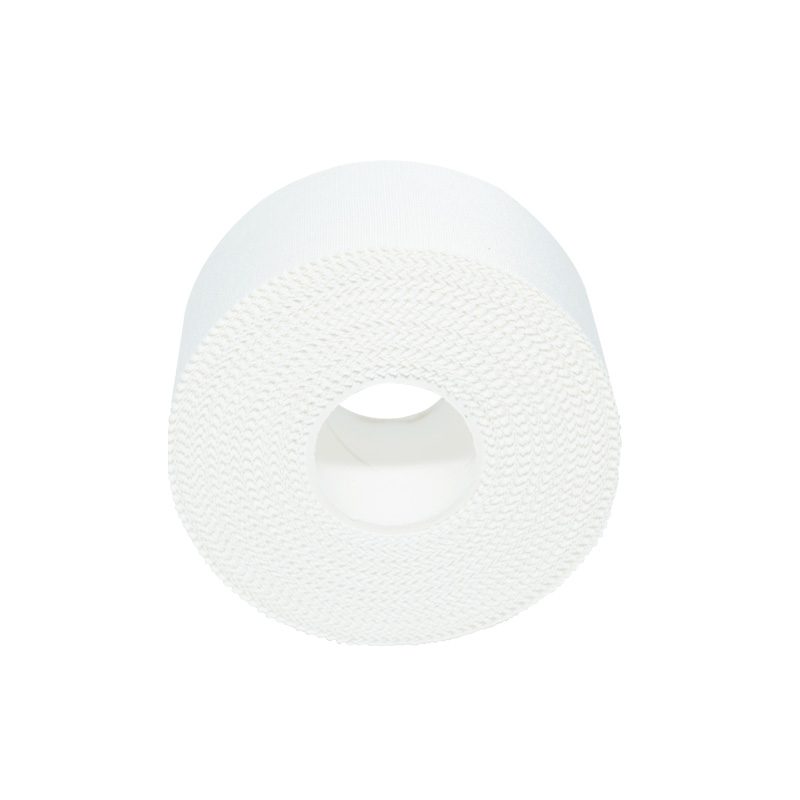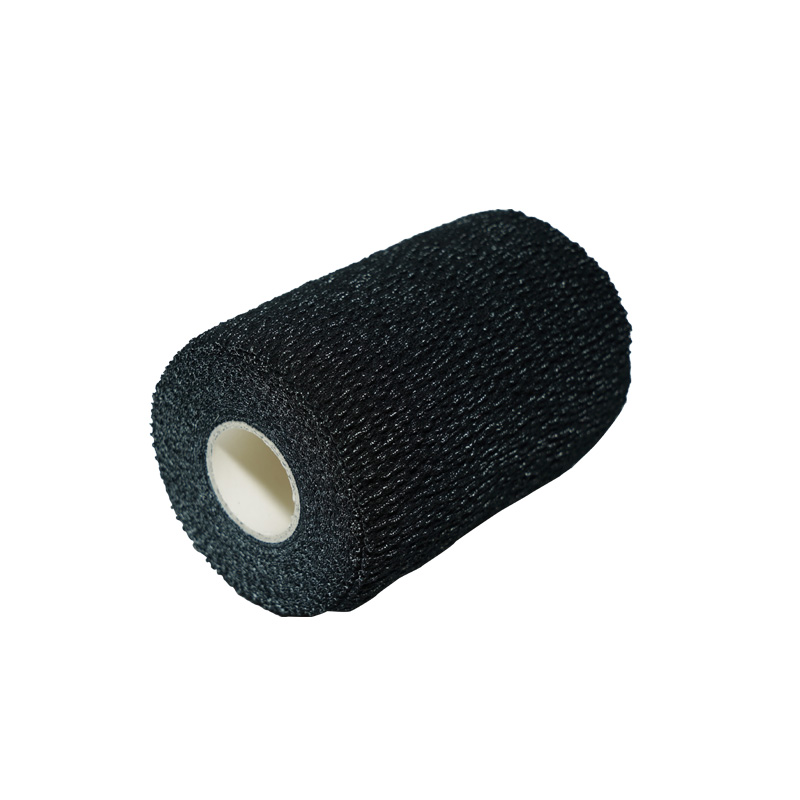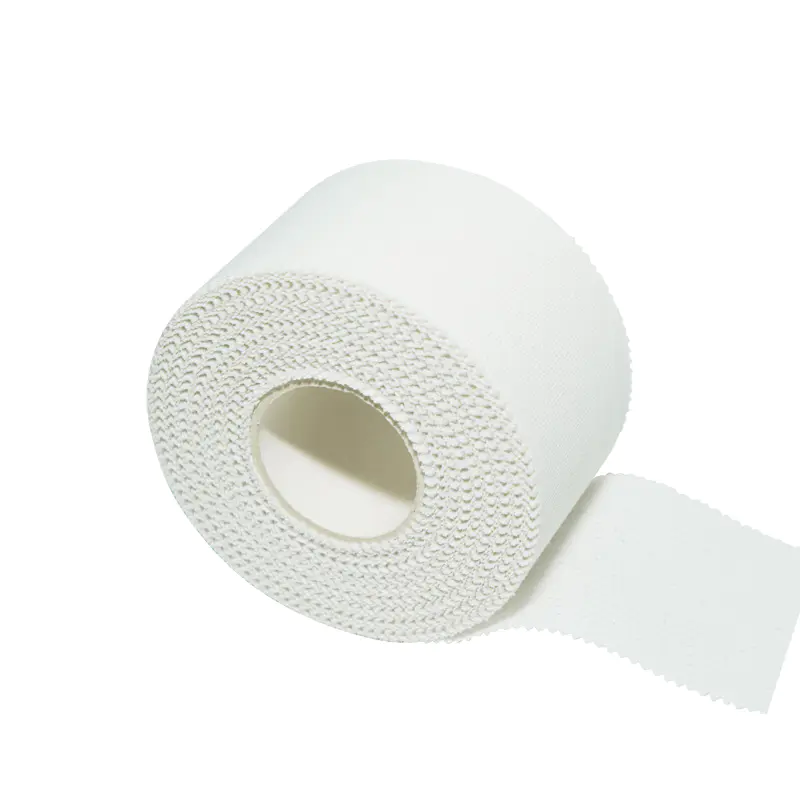Rayon rigid strapping tape is a ubiquitous and indispensable tool within the fields of sports medicine, physiotherapy, and athletic training. Its distinctive composition and mechanical properties make it the preferred choice for a wide range of injury management, prevention, and rehabilitation applications.
The effectiveness of rayon rigid strapping tape stems primarily from its construction. It is typically a non-stretch, high-tensile tape, meaning it provides substantial support and has limited give once applied.
The primary purpose of applying rayon rigid strapping tape is to provide external stabilization and support. It is utilized across various stages of an athlete’s care.
In situations where an athlete has a history of a specific injury (e.g., recurrent ankle sprains) or where the joint is inherently unstable, the tape is applied prophylactically. It acts as a mechanical brace, providing proprioceptive feedback and restricting the joint’s movement to within a safe range during activity. This can significantly lower the risk of re-injury.

Following an acute injury, such as a ligament sprain or muscle strain, the immediate application of this tape helps immobilize the affected area. This stabilization reduces stress on the damaged tissues, controls swelling, and facilitates pain reduction, aligning with the “Protect” principle of R.I.C.E. (Rest, Ice, Compression, Elevation).
Skilled practitioners also use the tape to correct poor biomechanics or alter the direction of force transmission across a joint or muscle. For instance, in patellofemoral pain syndrome, specific taping techniques can be used to realign the kneecap (patella) tracking, relieving pressure and pain during movement.
While other strapping tapes exist (such as elastic Kinesiology tape), rayon rigid strapping tape holds its position as the gold standard for maximum stability.
In conclusion, the versatility, superior strength, and reliable rigidity of rayon rigid strapping tape cement its reputation as an essential component of the therapeutic toolkit, helping athletes return to their sports safely and quickly.







